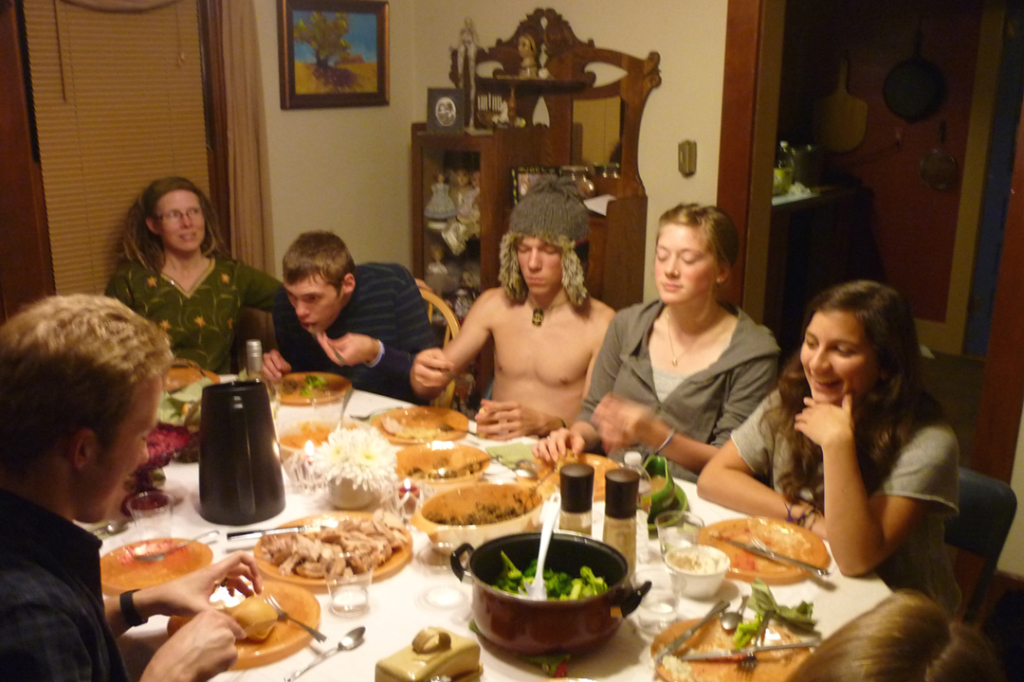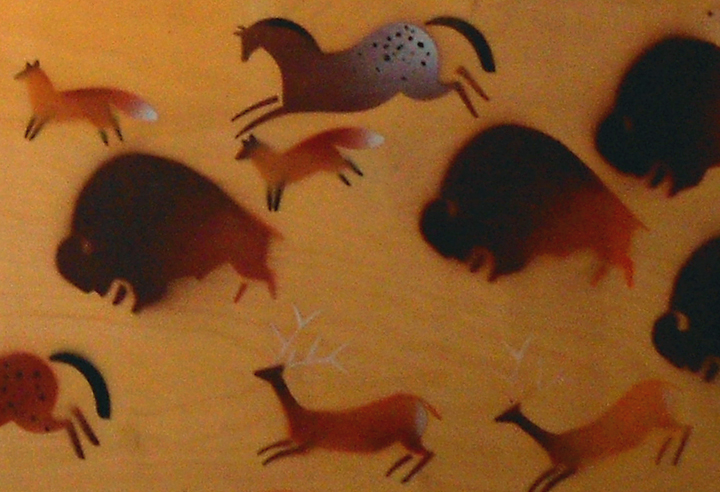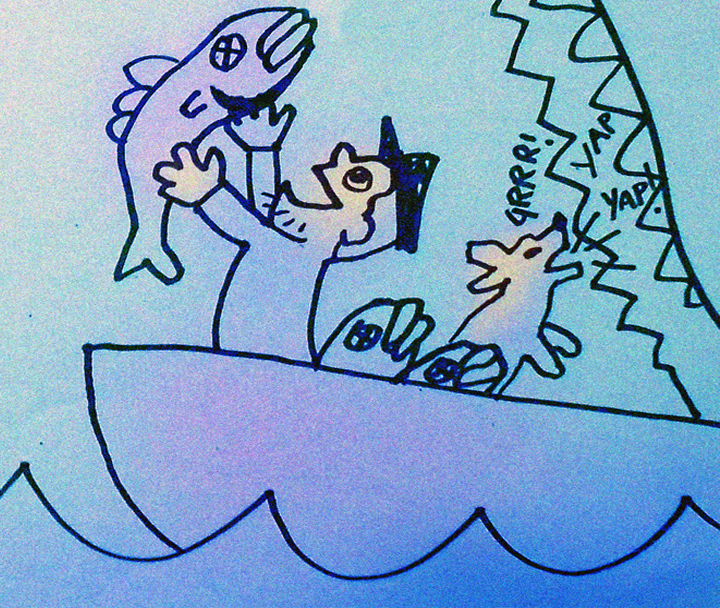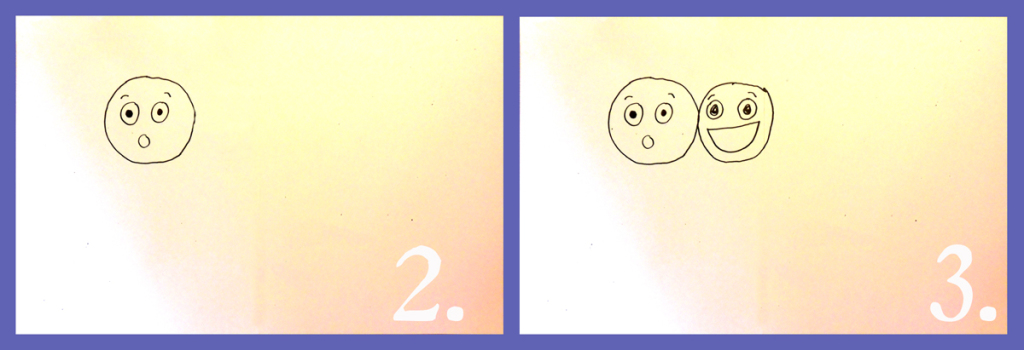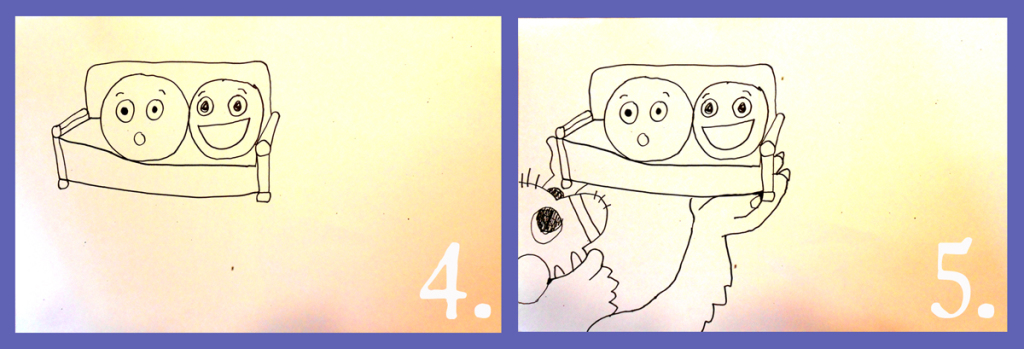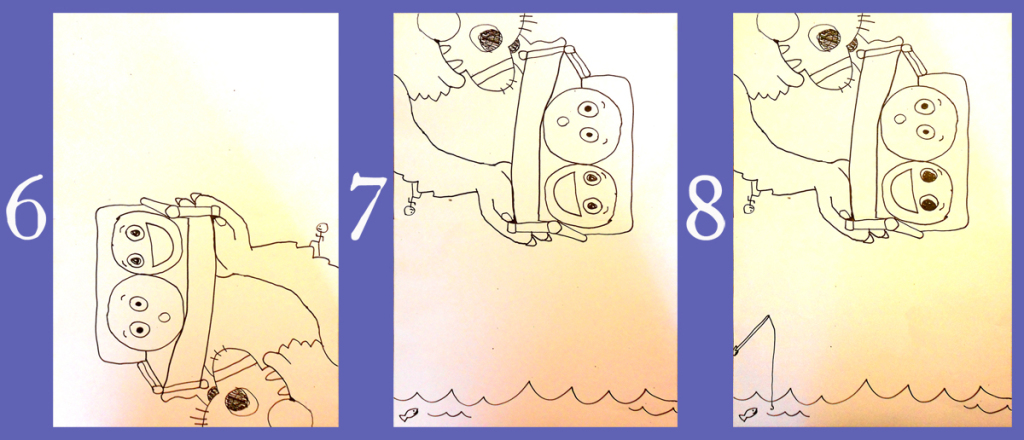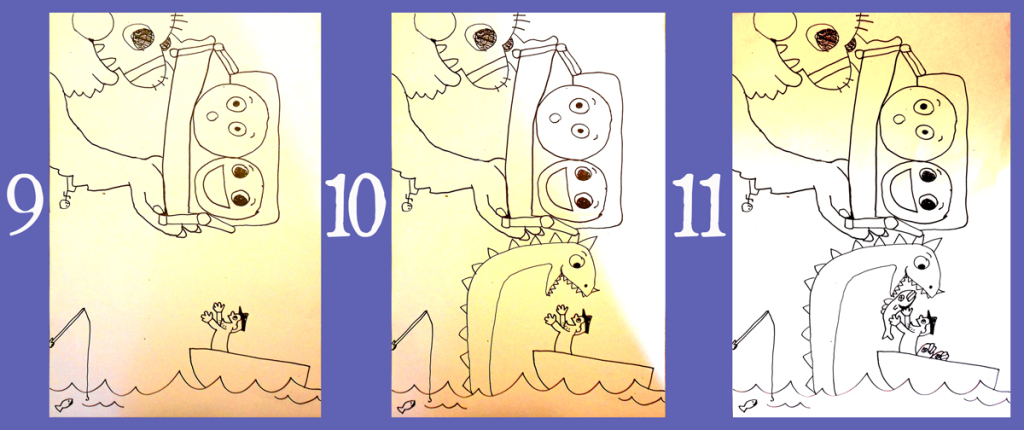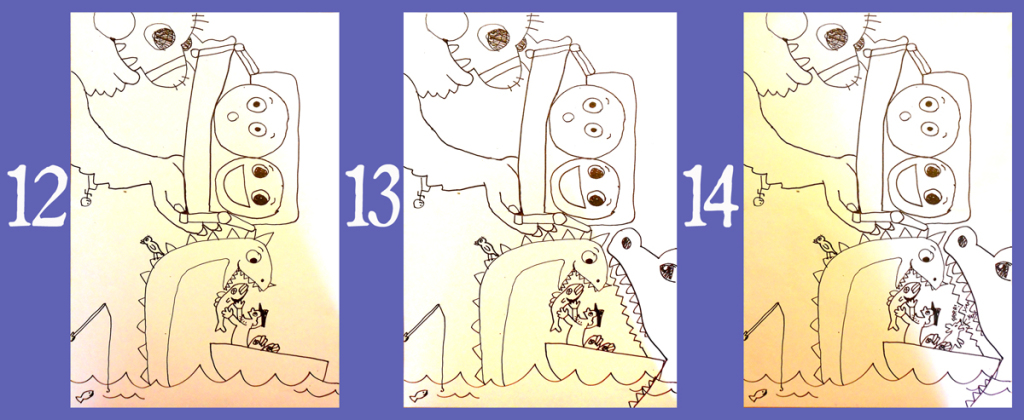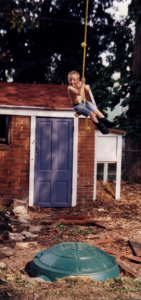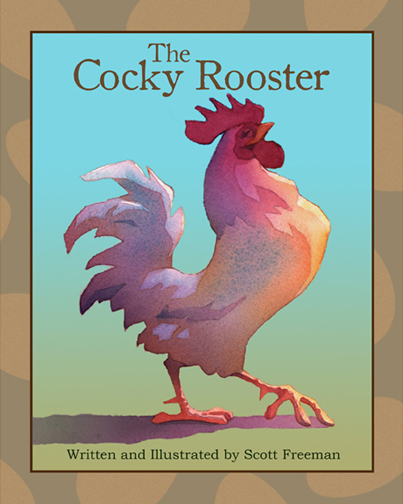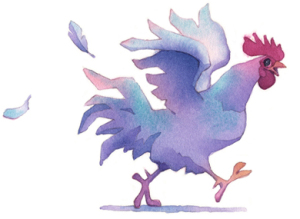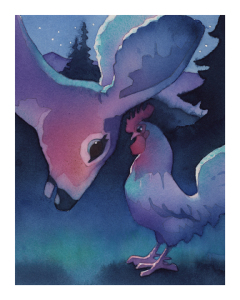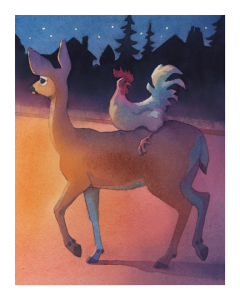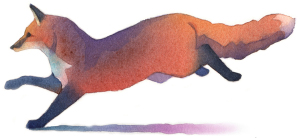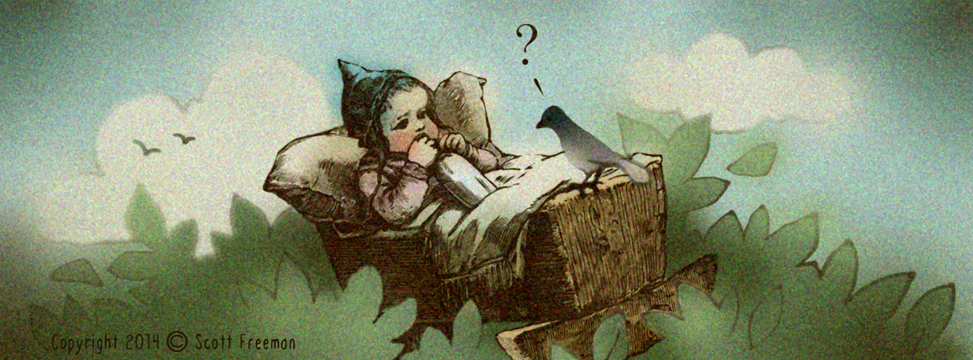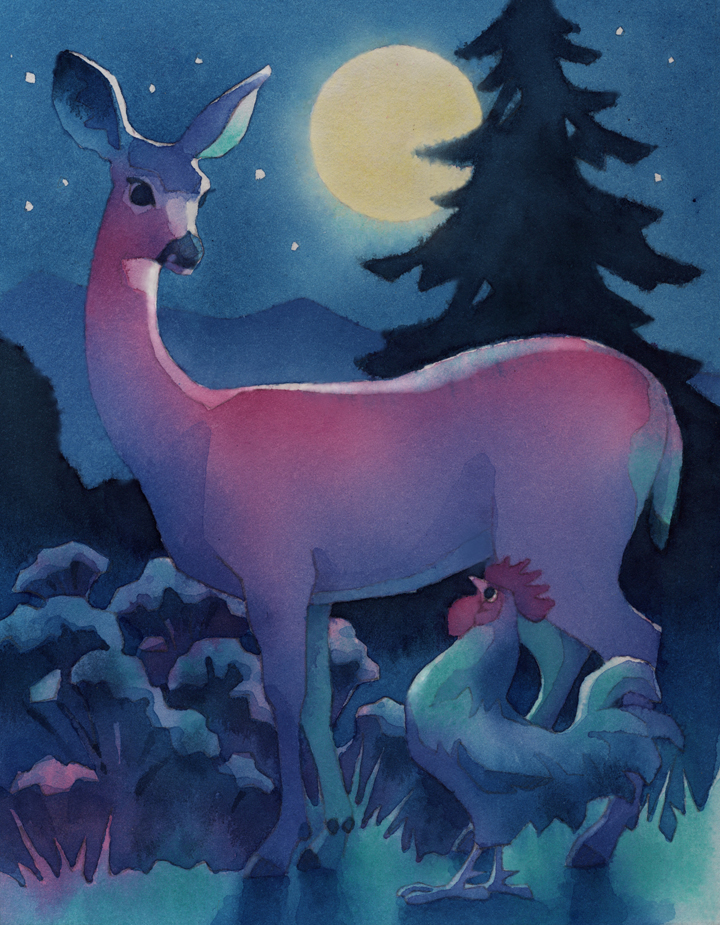Sharing a meal with others is one of life’s great, relational, creative expressions. It goes without saying that mealtimes serve an essential practical purpose – that of nourishing our bodies – but at the same time, sharing a meal is (or can be) a spiritually meaningful and life-enhancing act.
Of course, growing up, I didn’t appreciate this. Our family ate dinner together every evening. This seemed to me to be a routine, mundane part of suburban life. I was more interested in finding a way around eating my helping of canned peas than in relating to my family in a positive way. But I believe the habit of eating together had a lasting and positive effect on me.
There is a proverb of Solomon that says, “Better is a dry morsel and quietness with it than a house full of feasting with strife” (Prov 17:1.) We now know scientifically that stress and strife is bad for the digestion. By contrast, relaxing around a table as a nourishing act of mutual enjoyment, and as an expression of unity, is a God-ordained pleasure. It’s interesting that with the establishment of the New Covenant 2000 years ago, Jesus used a meal as a sign by which to remember the covenant; a covenant that was intended to be characterized by love and unity. This meal is often referred to as “the communion meal.”
On an everyday level, one of the best practices we can share as families is to practice the habit of sharing a meal together around the table, looking into each other’s faces, and seeking to enjoy each other’s company.
Meal sharing is an act of communion.
I read an interview in the late 80’s that for some reason stuck with me. Dweezil Zappa was talking about his then-upcoming TV show, “Normal Life,” co-starring his sister, Moon Unit. He said something like, “Our show is going to be about real families, where everyone eats their food in separate rooms in front of a TV.” As though families eating meals together is a cheesy Ozzie and Harriet thing that cool people don’t do.
Whatever. Being cool is overrated.
Eating with actual human beings
Sure, it takes more effort, but relationship is what life is all about, after all. Even as an unmarried college student in midtown Kansas City, when I lived in a 3-story house sharing rent with 6 other art students, this ethic came through. Enough of us had been raised this way that we determined that we wanted to create a community rather than simply serve as a cheap boarding house. One of the first things we decided toward this end was to share a meal together at least once a week.
When Mollie and I got married, we decided early on as our young family began to grow, that we would try to make it a practice to always eat meals together around the table as a family, with TVs and electronic devices turned off, and earphones pulled out.
A Story About Dinner and Art
Many years later, Mollie and I moved our family to Colorado so that we could pursue careers as fine artists. Some of our old college friends from the 3-story house, now a married couple and living in Loveland, had offered to let us stay with them for a few months until we could get ourselves established. They had 3 kids, and we had 5, and their house was probably too small for this endeavor. But they welcomed us in nonetheless.
One of the first things we did was to fix the situation with the dining room table. We knew we wanted to share meals together, and our host’s dining room table was too small for all 12 of us. So my friend Mike got a nice 4×8 ft board, and, since we were all artists, we decided to turn the table into a community art project involving all the kids.
We thought it would be fun to get everybody’s handprints on the table, as a small monument to our love and friendship. We had all the kids and adults interlace hands and arms around the table, something like this:
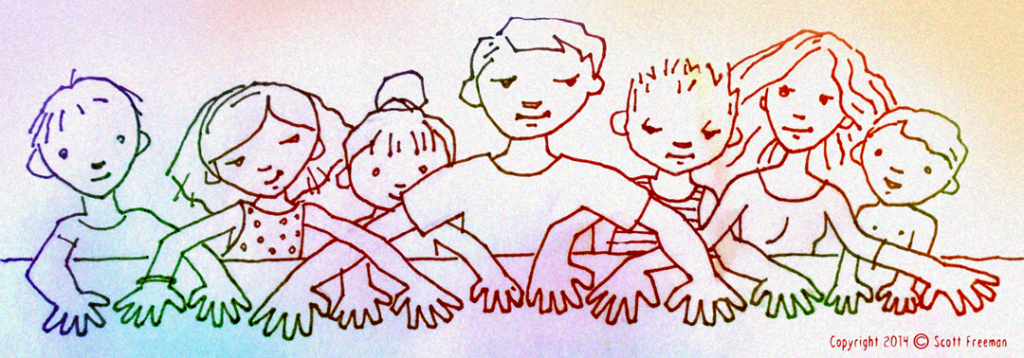 Then we spray-painted over everyone’s hands to create a handprint border around the edge of the table. (We first applied lotion to everyone’s hands so that the paint would come off easily.) On the underside of the table, each kid wrote their name under their handprints to identify them. Then, back on top, we helped the kids stencil some primitive animal shapes running through the center of the table to complete the design. I designed the stencils to be suggestive of Native American art imagery.
Then we spray-painted over everyone’s hands to create a handprint border around the edge of the table. (We first applied lotion to everyone’s hands so that the paint would come off easily.) On the underside of the table, each kid wrote their name under their handprints to identify them. Then, back on top, we helped the kids stencil some primitive animal shapes running through the center of the table to complete the design. I designed the stencils to be suggestive of Native American art imagery.
Below is a shot of the finished tabletop.
 I will always fondly remember that crazy season of starting over in Colorado, made possible because of the friendship of this family.
I will always fondly remember that crazy season of starting over in Colorado, made possible because of the friendship of this family.
Some sad observations from across the pond
I recently read an article by British doctor and psychiatrist, Anthony Daniels, who has worked extensively in some of Britain’s deeply impoverished areas. His duties required him to visit the homes of his patients, and to personally interview them. Daniels recounts some universal patterns he saw in Britain’s underclass:
“Everyone lived in households with a shifting cast of members, rather than in families. If there was an adult male resident, he was generally a bird of passage with a residence of his own somewhere else. He came and went as his fancy took him…
I should mention a rather startling fact: By the time they are 15 or 16, twice as many children in Britain have a television as have a biological father living at home…Few homes were without televisions with screens as large as a cinema – sometimes more than one – and they were never turned off, so that I often felt I was examining someone in a cinema rather than in a house. But what was curious was that these homes often had no means of cooking a meal, or any evidence of a meal ever having been cooked beyond the use of a microwave, and no place at which a meal could be eaten in a family fashion. The pattern of eating in such households was a kind of foraging in the refrigerator, as and when the mood took, with the food to be consumed sitting in front of one of the giant television screens.
Surveys have shown that a fifth of British children do not eat a meal more than once a week with another member of their household, and many homes do not have a dining room table. Needless to say, this pattern is concentrated in the lower reaches of society, where so elementary but fundamental a means of socialization is now unknown. Here I should mention in passing that in my hospital, the illegitimacy rate of the children born in it, except for those of Indian-subcontinental descent, was approaching 100 percent.”
(Imprimis: The Worldview that Makes the Underclass)
What a sobering glimpse of a government welfare state. The government has essentially become the household provider, the nuclear family has disintegrated, and there consequently isn’t even a table around which to share a meal.
Rise up and share a meal!
My purpose here is not to criticize Dweezil Zappa, or the underclass of Britain, or TV watching. My point is simply to encourage connection and communion within households. Whether you are living with family or friends, if you are currently not connecting with those around you, why not start the adventure now? If you are already committed to meal sharing with those you love, then may these thoughts serve as affirmation that you are doing a good thing. Keep it up, you crazy radicals!
Sometimes we do good things almost by accident, or by inertia, or habit. This is certainly better than not doing those things at all. However, at times I have found that doing those same things with intentionality and purpose reminds me to make the most of the moment. Meal sharing is one of those things. Reinforcing your values by reading stories regularly with your kids or grandkids is another. In this blog I’ll periodically share encouragement on other life-enhancing practices.
May God strengthen you to create a culture of life and love within your own family!
A Happy Thanksgiving to you,
Scott

